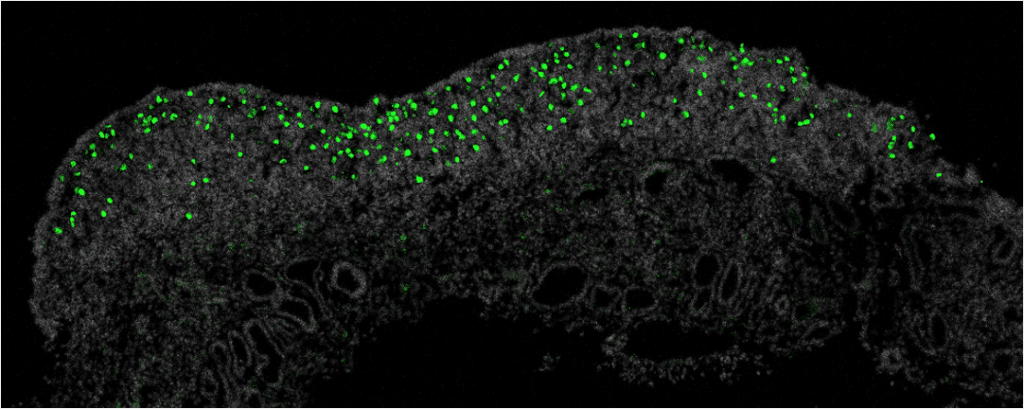Self-tuning of plasma cell lifespan by competition controls humoral immune memory
March 5, 2024
Read more
Among the speakers was Azim Surani who talked about the initial stages of primordial germ cell development (the precursors of sperm and eggs) from stem cells and their progression towards the onset of gametogenesis.
Academies of Sciences, Engineering, and Medicine. In vitro-derived human gametes as a reproductive technology: Scientific, ethical, and regulatory implications. The National Academies Press (2023). DOI: 10.17226/27259.
Advancements in in vitro derivation of human gametes (eggs and sperm) are ongoing. While many technical challenges remain, there have been reports of some success in reconstituting mouse and human gamete for both male and female pathways. This includes the creation of human primordial germ cell-like cells (PGCLCs) from induced pluripotent stem cells as well as the derivation of “oogonia-like” cells and partial progress in the sperm development pathway.
Studying gamete development can enhance our understanding of early human development and the genes involved at different stages. If in vitro human gametes derivation becomes feasible and approved for clinical use, it could help advances in human germline biology, and potentially revolutionise reproductive medicine. Theoretically, somatic cells from parents could be converted to induced pluripotent stem cells (iPSCs), further differentiated into functional gametes, and used in in vitro fertilisation to create a genetically related human embryo. This could provide a way for couples facing infertility or same-sex couples to produce embryos with genetic contributions from both parents. The ability to generate a large number of embryos could also allow parents carrying disease-causing mutations to undergo pre-implantation genetic testing to ensure a baby does not carry that mutation. Additionally, the potential for genome editing in gamete precursor cells opens up the possibility of producing embryos without disease-causing genetic material, offering an alternative approach to heritable genome editing. Advances in the field might also help rescue some endangered mammals.
However, using in vitro-derived human gametes would raise significant scientific, ethical, social, and regulatory questions. These issues cannot be addressed by scientific, bioethical, and regulatory communities alone; they require broader societal engagement. Therefore, it was crucial to assess the current state of the science, understand the driving forces behind progress, distinguish achievable goals from unrealistic ones, and acknowledge the pressing issues associated with in vitro-derived gametes.
The workshop provided a foundational basis for shaping future discussions on this technology’s social, legislative, and regulatory aspects. It highlighted the need for broader societal engagement in addressing these complex issues. The participants also identified potential next steps.